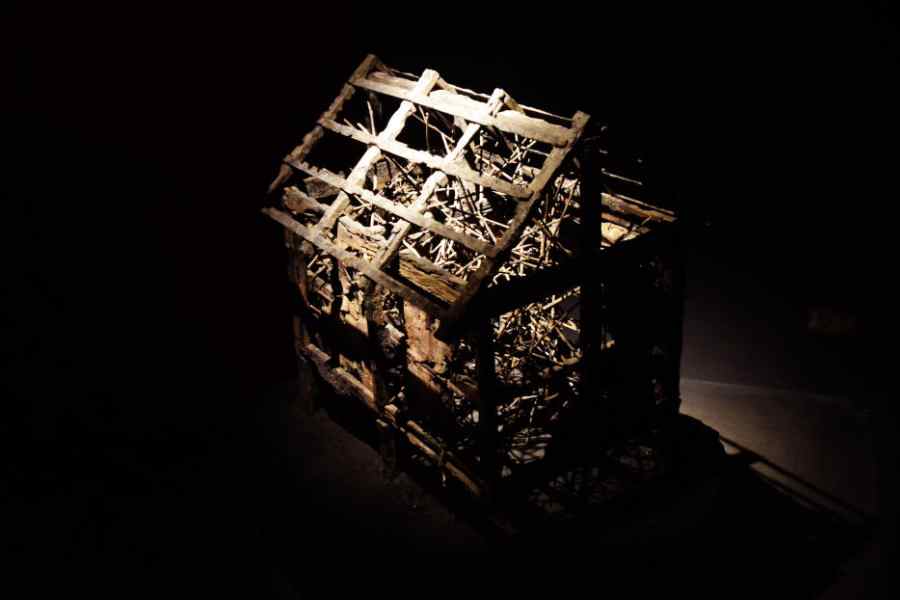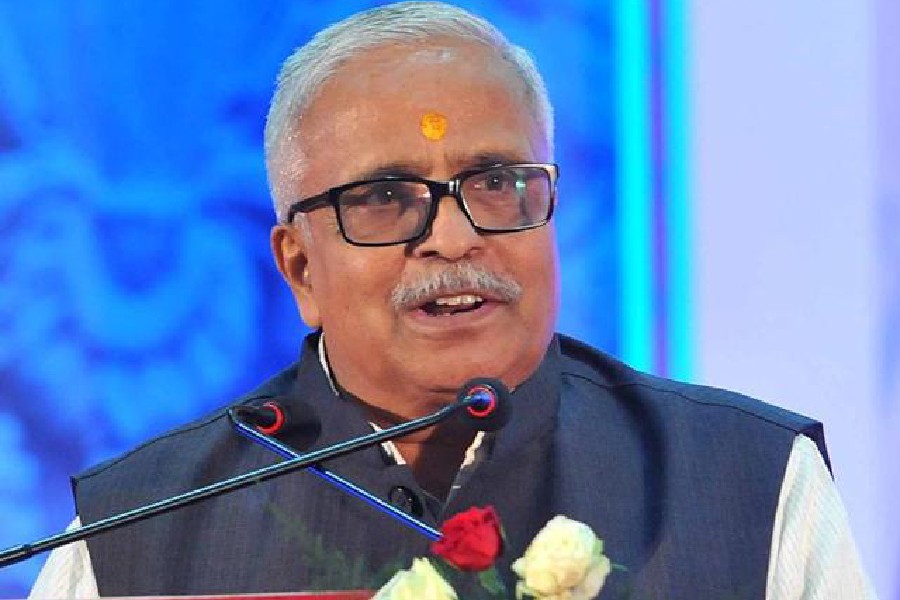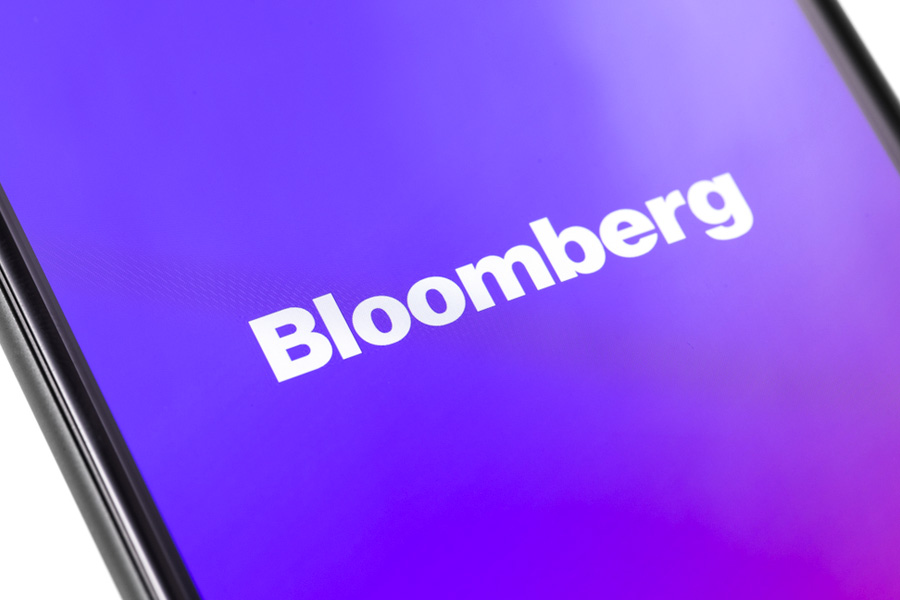In the exhibition, Possession??, held at A.M (Art Multi-disciplines), the installation artist, Pradip Patra, and the curator, Ayan Mukherjee, offered a compelling commentary on the essence of ownership in the middle-class experience. Patra’s installation, a seemingly decrepit hen house, metaphorically juxtaposed the idealised notion of wealth with the stark realities a common person faces. This visual dissonance evoked a sense of disenchantment, questioning the value society places on material possessions.
Mukherjee’s accompanying video featured friends and family candidly discussing their perceptions of possessions. This narrative approach bridged the gap between high art and everyday life, making the theme relatable to a broader audience. The installation and video collectively underscored the often-overlooked perspective of the middle class within the art world.
Printouts, primarily sourced from the internet and kept at the exhibition, posed straightforward questions such as “What are the prized possessions in life?” and were followed by detailed elaborations. These reinforced the exhibition’s reflective nature, inviting viewers to ponder their lives and challenge societal norms that define value and worth.
Patra’s work, detailed in Antara Dey’s conversation with him, delved deeper into the psychological implications of possessions. It explored how identity and societal status are intertwined with what we own and how the loss of possessions can lead to an existential crisis. This dialogue highlighted the philosophical underpinnings of the installation, emphasising the transient nature of material wealth and the enduring value of intangible assets like memories and relationships.
The curatorial intervention of Possession?? did not merely display art; it engaged viewers in a dialogue about their lives and societal constructs. It forced a confrontation with the often uncomfortable truth that in our quest to acquire, we risk being defined by our possessions or, worse, being possessed by them.
Possession?? merged visual art with personal narratives to create a space for reflection and discourse. Patra and Mukherjee succeeded in making the abstract tangible, inviting every visitor to ponder their own place within the delicate balance of possessing and being possessed.











